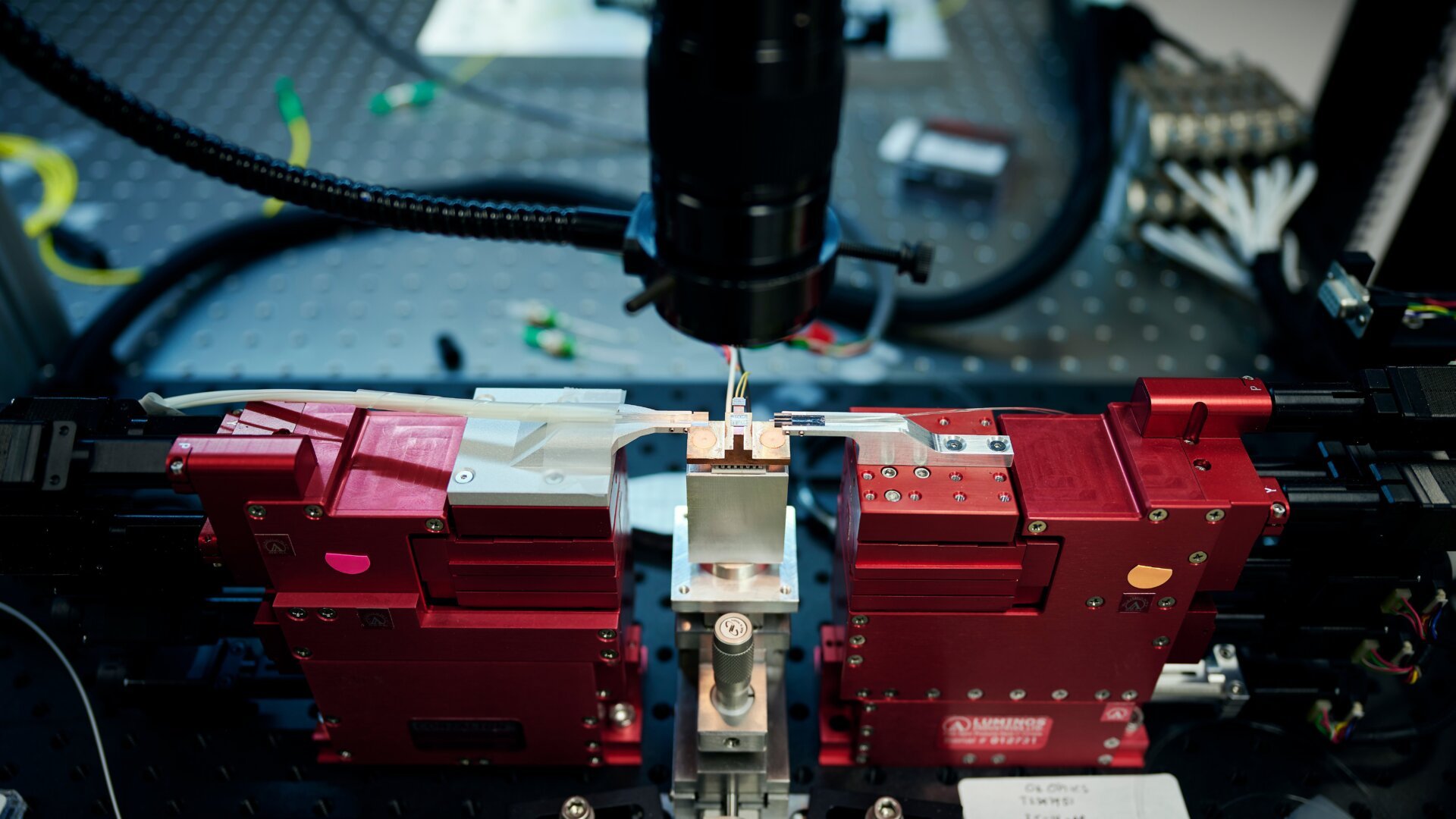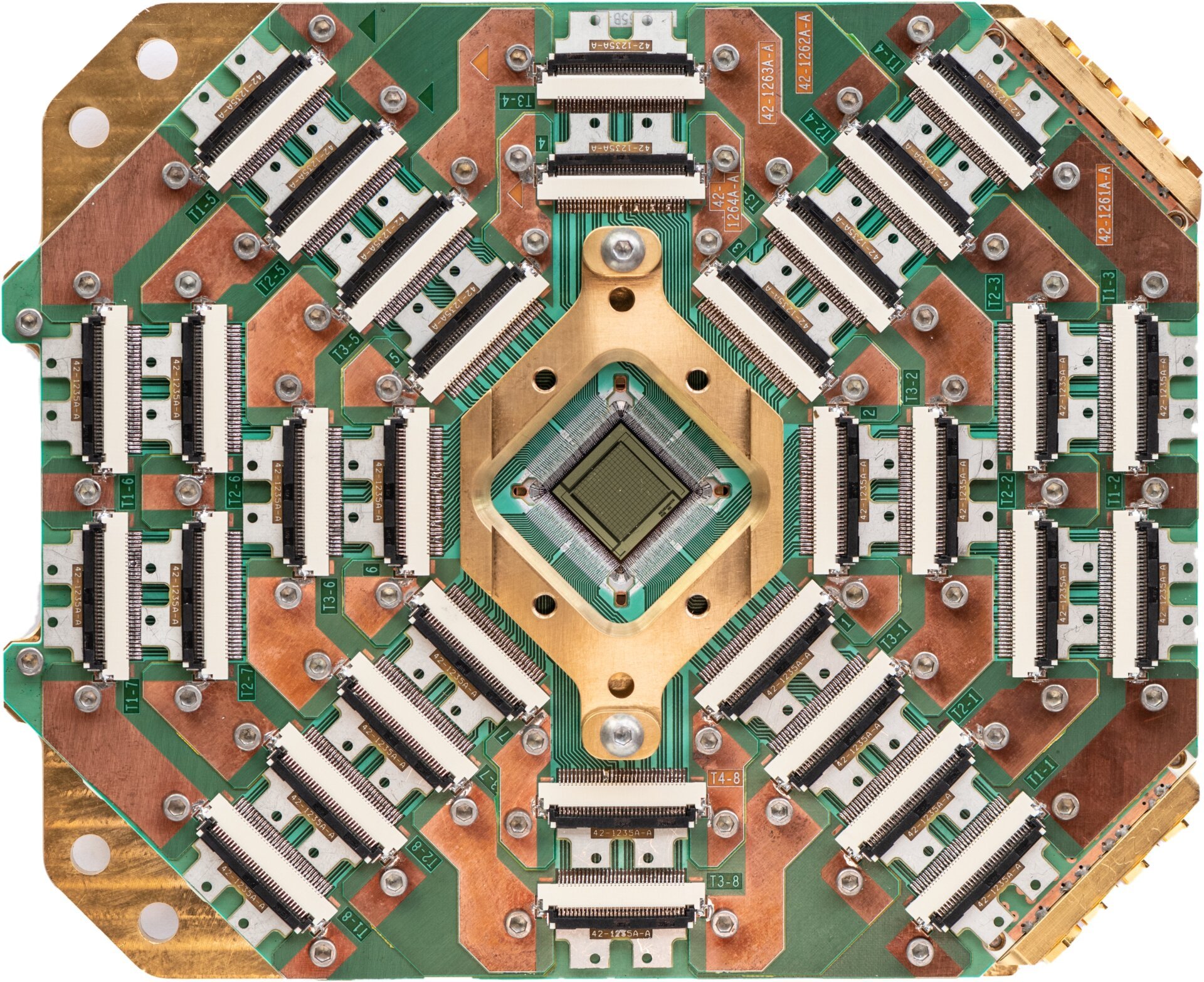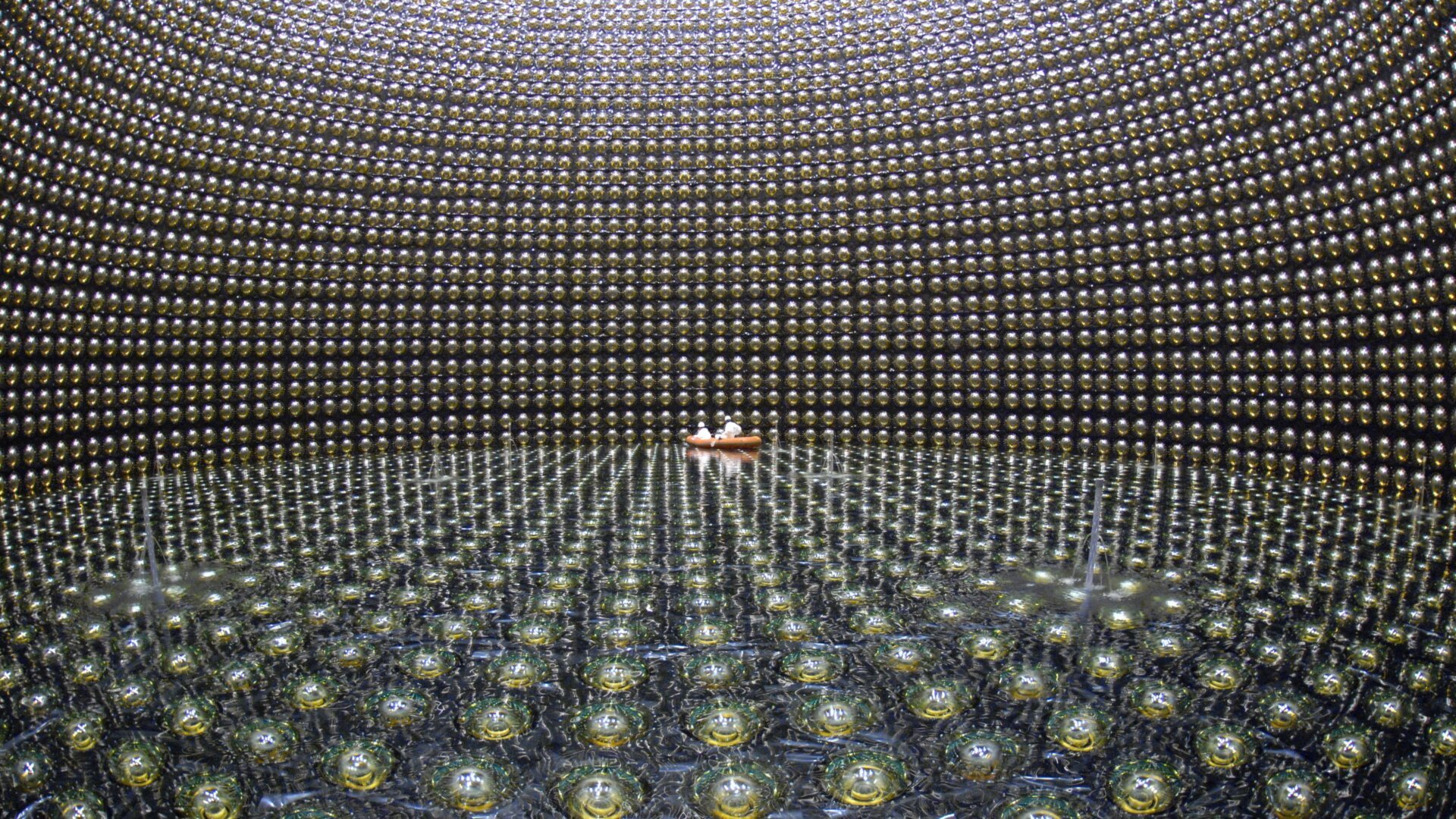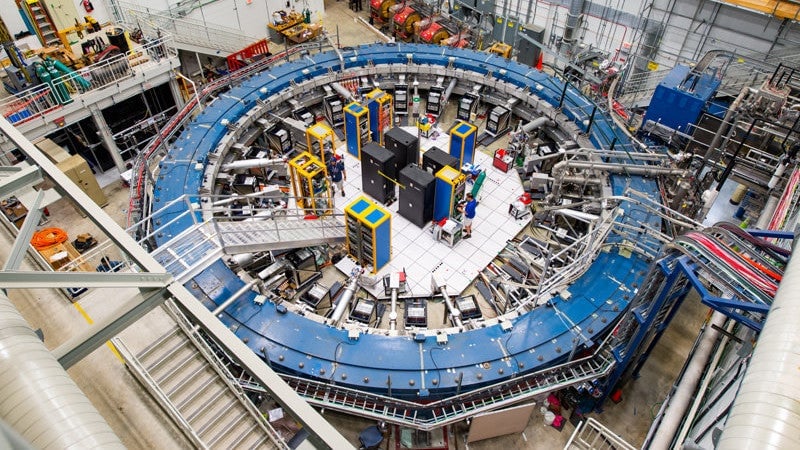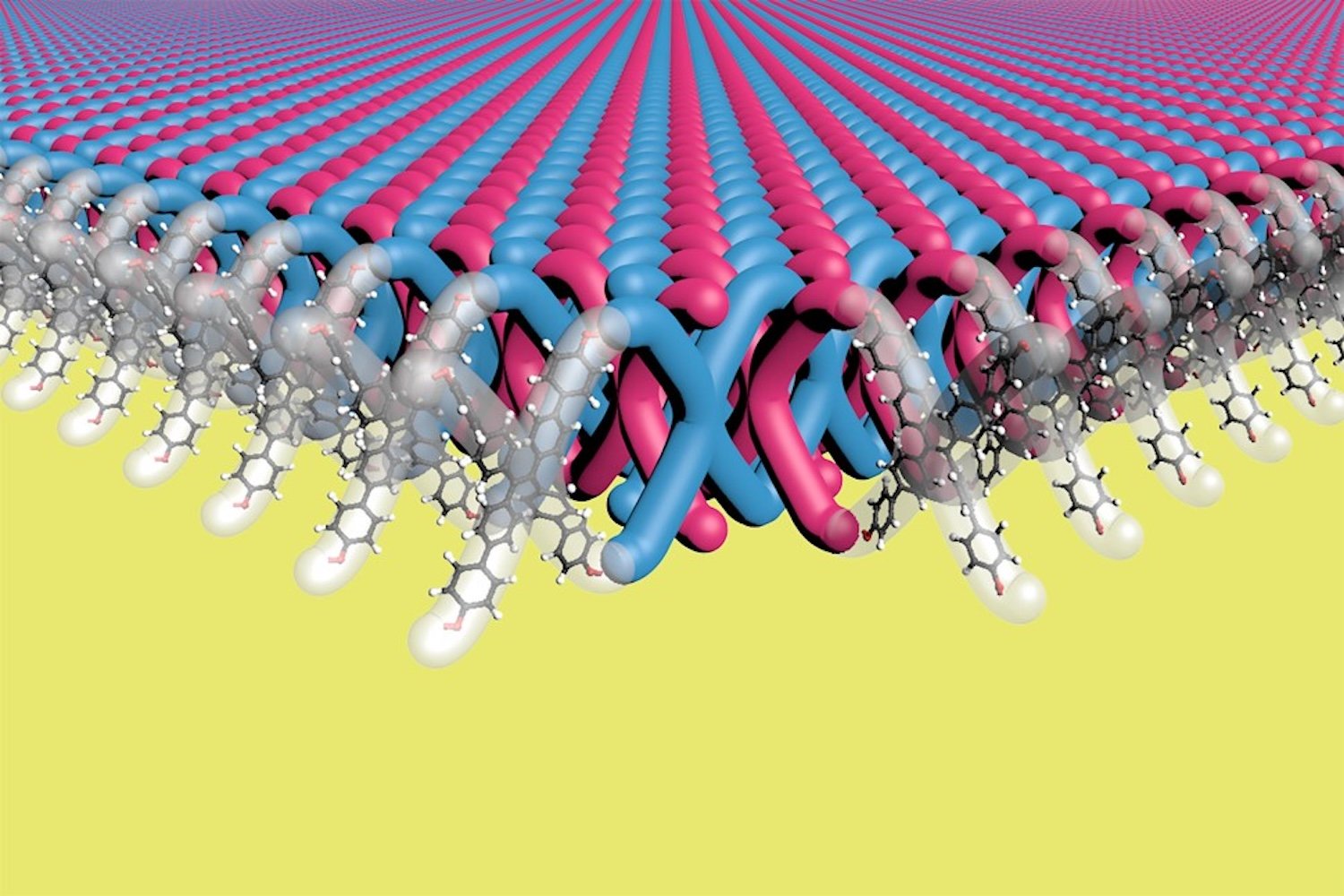The race to build the ultimate quantum computer is on, and a surprising contender has entered the arena: infrared light. Toronto-based quantum computing startup, Xanadu, recently unveiled the world’s first commercially available photonic quantum computers, marking a significant milestone in the field. These innovative devices leverage the power of light to perform complex calculations, offering a unique approach compared to existing quantum computing technologies.
A New Approach to Quantum Computation
Xanadu’s quantum computers utilize silicon chips, roughly the size of a thumbnail, onto which multiple infrared laser beams are directed. The 8 and 12-beam systems, now available on the cloud, manipulate these beams through controlled reflections and interactions to execute algorithms. Imagine an abacus, but instead of beads, calculations are performed by manipulating light. By counting the photons in each beam after these interactions, the computer arrives at the solution. This process, governed by the principles of quantum mechanics, allows for far more complex computations than traditional methods. While the ultimate potential of these devices remains to be fully realized, experts believe they hold the key to solving complex business-relevant problems faster than classical computers.
Tailored Solutions for Unique Challenges
Each type of quantum computer excels at different tasks. Just as different tools are suited for different jobs, a light-based quantum computer offers distinct advantages for certain mathematical problems compared to superconducting circuit-based computers like those developed by Google. “The set of problems that you can solve on our cloud is literally different from anyone else,” explains Xanadu CEO and physicist Christian Weedbrook.
Xanadu’s research has identified promising applications in business and chemistry. One example is the “densest subgraph problem,” which involves identifying the most connected node in a network. This has implications for understanding social media influencer networks, as well as complex protein interactions in biology and medicine. Weedbrook aims to demonstrate a practical quantum advantage in a business application within the next year.
Accessing Xanadu’s Quantum Power
Access to Xanadu’s quantum computers is available via application, with priority given to researchers at government labs, multinational corporations, and multi-user institutions. Over 250 applications have already been received. Approved users connect to the computers through Xanadu’s Strawberry Fields software platform, using Python-based code to control the quantum devices remotely.
The use of infrared light also simplifies networking. Connecting these computers using standard fiber optic cables aligns with existing telecommunications infrastructure, potentially paving the way for a future quantum internet. Furthermore, photonic quantum computers theoretically operate at room temperature, although Xanadu’s current photon counters still require cryogenic cooling.
Current Limitations and Future Potential
While promising, Xanadu’s computers currently face limitations. Physicist Giulia Ferrini of Chalmers University of Technology notes that the current hardware restricts the types of algorithms that can be executed. The ultimate goal remains a universal quantum computer capable of solving a wide range of problems. Ferrini acknowledges that Xanadu’s current offering is “a first step” towards this goal.
Xanadu’s unique approach leverages distinctive quantum properties of photons. The computer manipulates Heisenberg’s uncertainty principle, controlling the inherent imprecision of nature. By “squeezing” light, they control which properties, like speed or location, are uncertain. The quantum nature is further evident in the photon counting process. Before measurement, the number of photons in a beam exists in a superposition of multiple states, only becoming definite upon observation, much like Schrödinger’s cat.
Unlike qubit-based systems that use 1s and 0s, Xanadu’s computers utilize continuous variables – the intensity and emission time of light beams – which can hold any value. While Xanadu refers to each beam as a qubit for industry consistency, they are technically “qumodes” (quantum modes), representing a continuous-variable architecture.
A New Era in Quantum Computing
The arrival of Xanadu’s devices marks a new era in quantum computing. Ferrini believes their introduction will stimulate further interest in continuous-variable architectures. This could legitimize other research efforts exploring continuous-variable quantum computing using microwave radiation instead of infrared light.
Xanadu is actively collaborating with customers to explore potential applications. Oak Ridge National Laboratory, for example, has purchased access to design next-generation supercomputers, envisioning future systems incorporating quantum processing units (QPUs) for specialized tasks. Oak Ridge is exploring various commercial quantum computers, including those from IBM, D-Wave, and Rigetti, in their QPU design efforts.
Xanadu’s technology represents the current state of quantum computing – the NISQ (Noisy Intermediate-Scale Quantum Computing) era. These machines have limitations, and their integration into existing technology and ultimate purpose remain unclear. However, as Oak Ridge scientist Travis Humble describes it, this is a period of rapid growth and development, pushing quantum computing to new plateaus.



